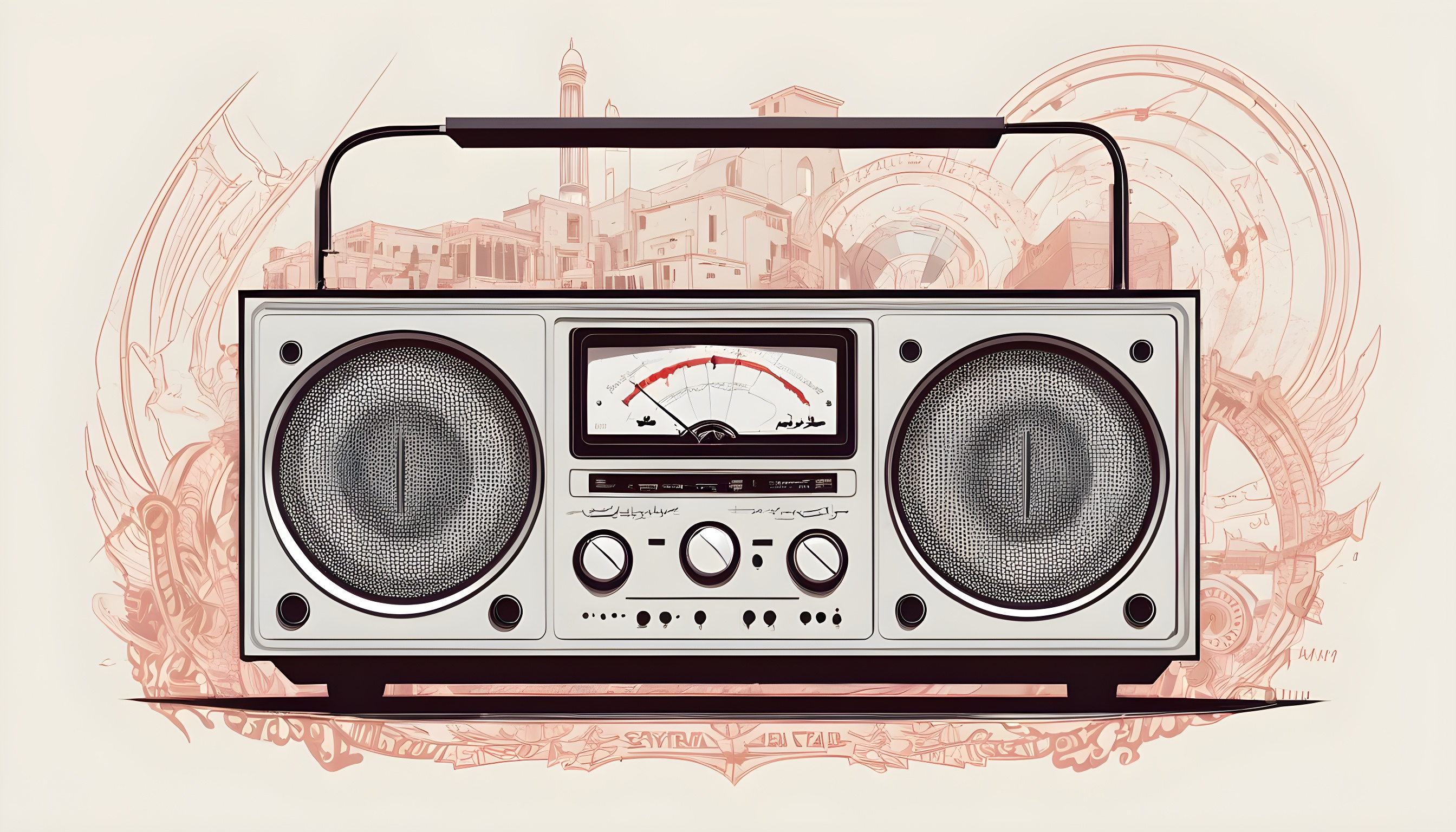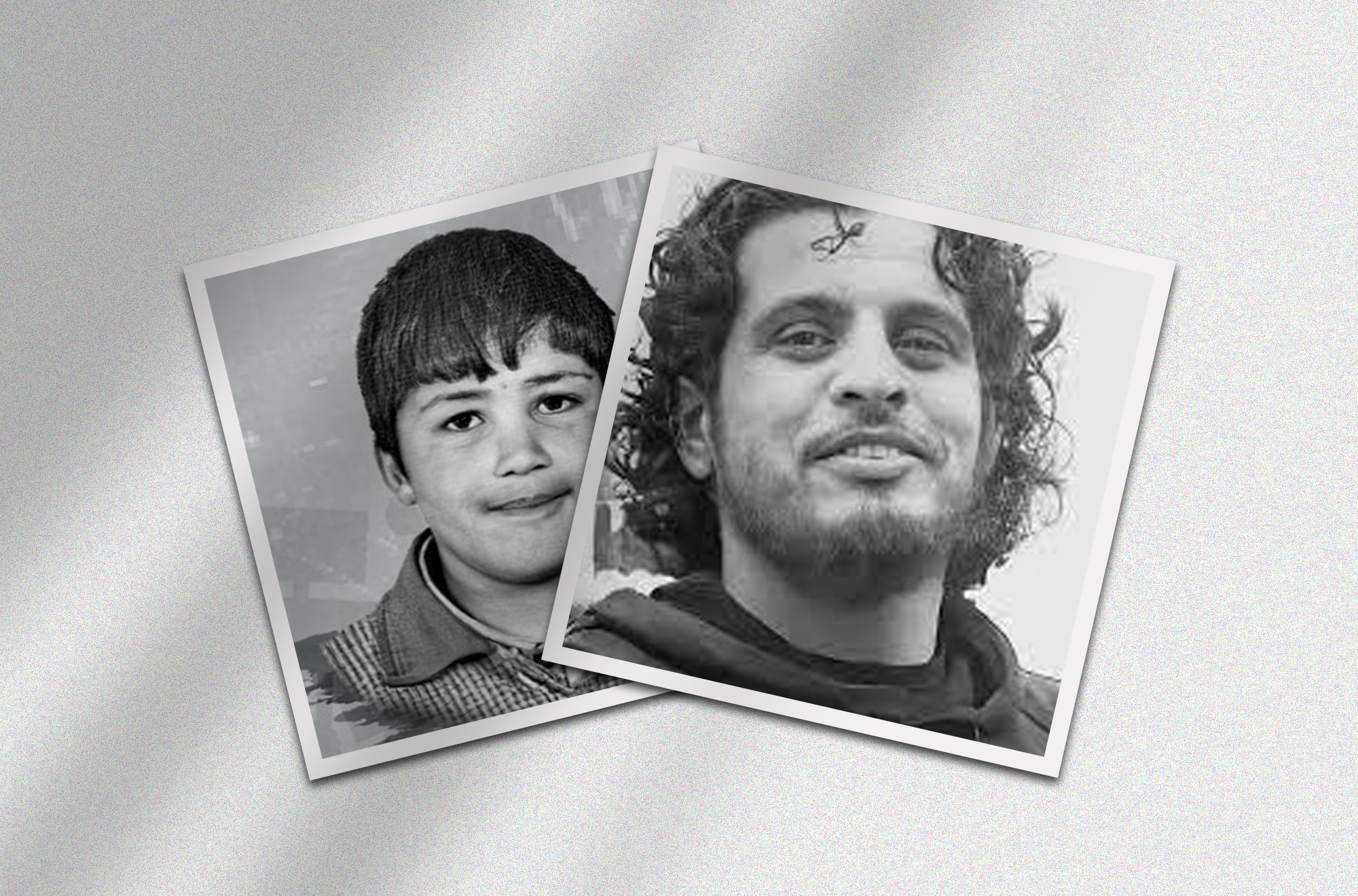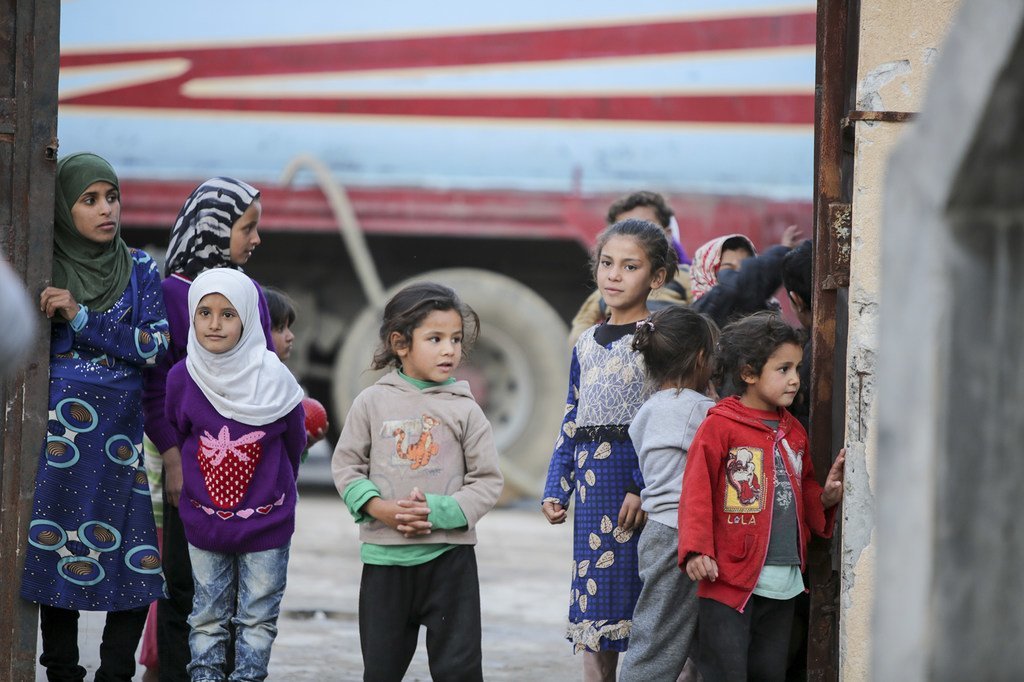Last Men in Aleppo: Transforming the Struggle of Death into the Greatest Documentary Film
Content (text):
"Last Men in Aleppo" is the title of a film directed by Syrian filmmaker Feras Fayyad from the city of Idleb. The documentary received the top global prize of documentaries at the 2017 Sundance Film Festival, which took place on Sunday, 30 January.
The film spans 110 minutes and was shot by the "Aleppo Media Center" team, which covered the city's news throughout the years of the Syrian revolution.
And it portrayed characters from the White Helmets, the Civil Defense workers operating in the city.
Idea and Implementation
Enab Baladi spoke with director Firas Fayyad and said, "The idea started in 2013 with the establishment of the White Helmets Civil Defense in the city, and the work on the film took two years."
"And this project was completed 'thanks to the bravery of the photographers of the Aleppo Media Center, Fadi al-Halabi, Thaer Mohammed, Mujahid Abu al-Joud, and the assistant director Hassan Qattan, who risked their lives to complete the storyline and follow the characters.'"
The film portrays the story of four individuals from the White Helmets civil defense team. It depicts an internal struggle about whether to stay or leave amidst the siege of Aleppo and Russian intervention. Their lives and the lives of their families are put in danger, confronted with death.
It's an Exceptional Film
The judging committee commented during the award ceremony that it is "without a doubt an exceptional film unlike any other... It lifted us and took us on a journey, then dropped us in the place, a complete work of artistry, strength, cinematic achievement, and a compelling narrative about heroes revealing, in increasingly impossible circumstances, more extraordinary mercy, humanity, and courage."
And they add, 'This solid piece blends its makers' commitment with courage and fearlessness, and the bravery of fathers, brothers, and friends for whom Syria is their top priority.'
The award received by 'Last Men in Aleppo' is considered one of the most important awards globally. It played a role in propelling many films toward public screenings and garnered wider global attention, according to Fayyad.
"The focus of the film was to convey the genocide faced by Syrians in Aleppo, their losses, and the choices between staying or leaving, serving as a testament to the immense efforts of the Civil Defense throughout the prolonged siege," the director explained.
The Sundance Film Festival, launched in 1985, highlights filmmakers "working outside the mainstream cinema groups."
Direction
The Syrian director, Feras Fayyad, was born in Idleb in 1984. He has directed several films depicting the Syrian reality, with his latest being "Zero Distance," which depicted life among opposition factions in northern Syria and was showcased on the Qatari channel Al Jazeera.
The film "The Return to Homs" by the Syrian director Talal Derki won the Grand Jury Prize at the same festival in 2014.
The Derki's film featured prominent figures from Homs, including Abdul Basset Al-Sarout. It depicted the peaceful nature of the early protests during the revolution, their insistence, singing, and dancing in the face of tanks. Until the point when most of them believed that peaceful demonstrations wouldn't be effective anymore, and they chose to take up arms, leading to the infamous siege of Homs



